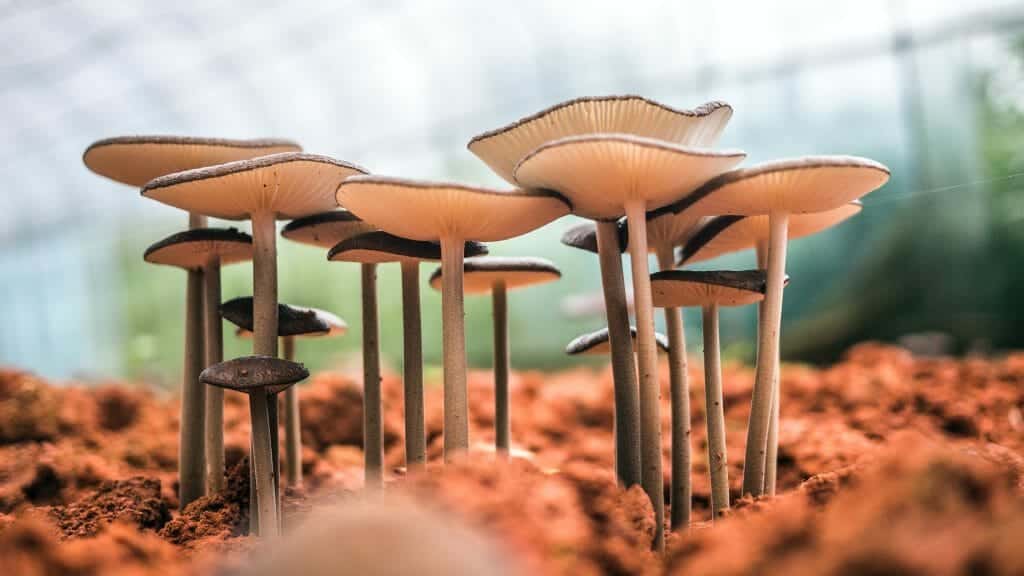The study published in Current Biology highlights the significant role that fungi play in mitigating climate change. The researchers found that fungi consume over a third of the world’s annual fossil fuel emissions, making them a crucial and often overlooked component of carbon modeling, conservation, and restoration efforts.
Fungi, which include mushrooms, are part of a biological kingdom that exists beneath the surface of the Earth. While they may resemble plants in some ways, fungi are more similar to animals in their need to find food and break it down chemically. Some fungi form symbiotic relationships with plant roots, known as mycorrhizal fungi, where they exchange mineral nutrients for sugars produced by plants. As plants derive their sugars from carbon dioxide in the air, these fungi essentially act as a carbon bank, storing carbon underground.
The researchers estimate that plants worldwide transfer around 13 gigatons of carbon dioxide to underground fungi each year. However, human activities such as agriculture, mining, and industry continually disrupt these subterranean fungal networks. This interference poses a threat to the carbon storage capacity of fungi. The United Nations warned last year that 90 percent of the Earth’s topsoil, where these fungi thrive, could be at risk by 2050.
The implications of this degradation extend beyond food security to climate change. The carbon stored in mushrooms is often overlooked compared to other conservation efforts, such as protecting forests. The lead author of the study, Heidi Hawkins, emphasized the need to understand the stability of carbon stored in mushrooms, as it is not a one-way process. Some carbon is retained in the fungal structures, some become bound in minerals in the soil, and some is released back into the atmosphere as carbon dioxide.
While more research is needed to understand the specifics of these relationships fully, it is clear that disrupting these underground fungal networks undermines our efforts to combat climate change and jeopardizes the ecosystems we rely on. Recognizing the importance of fungi in maintaining the health of our planet is crucial for developing effective strategies to mitigate climate change and conserve biodiversity.














